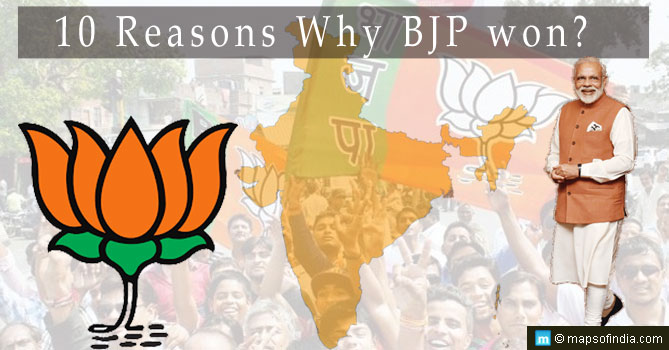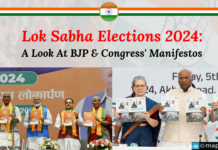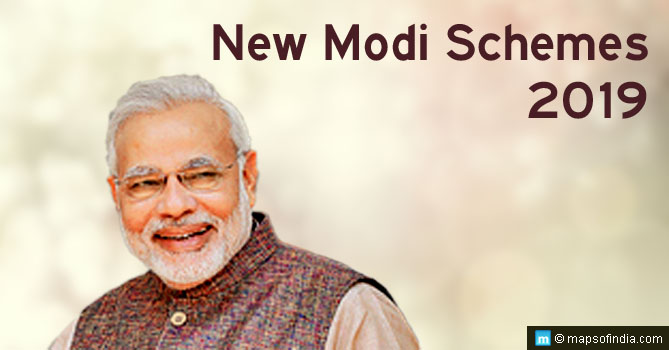-
TINA factor
From 2014 onwards, Narendra Modi’s image as a strong leader and the only person capable of serving as PM for a second term was carefully cultivated. “There Is No Other Alternative (TINA)” factor was the constant rhetoric. The BJP think-tank realized they had a massive advantage of continuing support among its 2014 voters and communicated the TINA factor to undecided voters still unsure of which party to vote. It included the 8 crore new voters added in the 2019 list.
-
Nationalism overshadowed caste
BJP realized it would face a challenge convincing voters on development issues despite a lot of work undertaken between 2014 and 2019. Instead, it used the Balakot strike against Pakistani terrorists as the platform for building a strong nationalist message to all countrymen.
Post the Pulwama attack on the CRPF jawans, emotions were running high against Pakistan, and the Balakot strike helped present PM Modi as a hardline no-nonsense leader who stood up to both China in Doklam and Pakistan. In all the campaign speeches of the PM and the party president Amit Shah, nationalism was at the core.
-
Consolidation of Hindu votes
In the run-up to the 2014 general elections, BJP leaders kept making polarizing statements against Muslim voters which helped consolidate the Hindu voters in favour of the BJP. Before the 2009 elections, Hindu voters (of all castes) largely voted along caste lines and never viewed Hindutva as a poll issue.
After initial success in the consolidation of Hindu votes in 2009, the BJP in 2014 decided to be more vociferous in speaking out against Muslim ‘appeasement’ for votes ostensibly practiced by other parties. It helped in the consolidation of Hindu voters beyond the caste lines. They readily rallied behind the call for Hindutva as BJP defined it.
At the grassroots level, BJP party cadres met and assured Muslim voters of their safety and benefits of common development for all. It led to many Muslims to vote for the BJP. In this way, new ground was broken.
In 2019, they expanded the reach of the message across India and into new territories not covered earlier. The number of seats won, and the vote share, reflects the success of this strategy.
-
Better alliance strategy
BJP reached out more successfully to their alliance partners than Congress with theirs. In Bihar, JD(U) which won just two seats in 2014, demanded a higher seat-sharing arrangement. After much negotiations, BJP and JD(U) decided to contest in 17 seats each, leaving 6 seats to LJP. It was a great strategy as BJP won all its 17 seats, JD(U) 16 of the 17 seats, and LJP all its 6 seats.
Similarly, in U.P., BJP continued its alliance with Apna Dal and roped in the Nishad party. Both the moves paid rich dividends in constituencies like Gorakhpur and Mirzapur.
In Maharashtra, it pacified a feisty Shiv Sena into contesting as an NDA partner. The results in Mumbai bear testimony to the excellent alliance partner management by Amit Shah-led BJP.
-
Strong organizational network
Over the past decade, BJP has consistently been building its cadre base, adding dedicated workers at the grassroots level. Assistance from RSS cadres also helped immensely in delivering the mandate won by the BJP.
-
Candidate selection based on winnability factor
BJP strictly considered winnability and support base as the only criteria while deciding on party tickets for polls. Past record, relation to existing party leaders, and other recommendations did not guarantee candidature. Several sitting MPs were not given a second chance if there was a better candidate in contention.
-
Focus on constituencies with close contests in 2014
BJP set about identifying constituencies where they lost by a narrow margin in 2014, along with constituencies with high anti-incumbency as focus areas in 2019. These constituencies voted in BJP’s favour in 2019.
-
Win east focus
BJP zeroed in on the east and northeast India as breakthrough states. Party president Amit Shah mandated the state in-charge with the responsibility to begin identifying suitable candidates. These were previous panchayat, block, and district level heads and dissatisfied with their existing party. These were roped in to form the base on which BJP established a strong network of supporters and also candidates.
After winning assembly elections in Assam, Tripura, Arunachal Pradesh, and Manipur, the party made strong inroads into West Bengal and Odisha. In Bengal, it focused on north Bengal and tribal areas of Purulia, Bankura, and Jangalmahal, before penetrating other parts.
-
Social sector schemes
Schemes like Pradhan Mantri Awas Yojana (PMAY) for building rural houses, toilets under the Swachh Bharat Abhiyan, gas cylinder for rural poor, Mudra loans for small businesses, all contributed to building BJP’s image as a pro-poor party. Its grassroots workers further helped cement that image. It delivered strong results in these elections.
-
Divided opposition
A divided opposition helped increase the TINA factor for PM Modi. First, the earlier Mahagathbandhan uniting all opposition parties into a united alliance against the BJP did not take off. Second, the last minute alliance between SP-BSP-RLD in U.P did pose a threat but came a little too late to make an impact.
Related Link:





